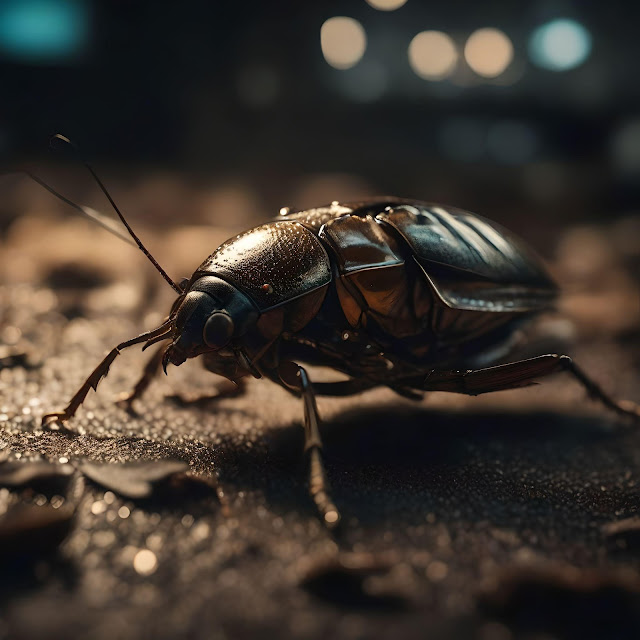Cyborg Cockroaches: The Future Heroes of Disaster Rescue
INTRO:
When natural disaster(e.g like the 7.8-magnitude earthquake that rocked southeast Turkey near the Syrian border On February 6, 2023), quick thinking and well-executed search and rescue missions are essential. Imagine a situation in which a cyborg cockroach, a little but tenacious hero, saves your life. Although this sounds like something from a science fiction film, researchers at Osaka University in Japan are working to make it a reality. Their groundbreaking research, which was just published in the journal Cyborg and Bionic Systems, indicates that these modified insects with cyber capabilities may soon be indispensable in real-world emergency scenarios.
Outlines:
- The Potential of Cyborg Cockroaches
- The Future of Cyborg Cockroaches in Rescue Missions
- Conclusion
The Potential of Cyborg Cockroaches:
The Role of Insects in Robotic Advancements
It is a well known facts that Insects have long been a source of inspiration for robotic design, yet the complexity of biomimicry presents significant challenges. Researchers have discovered that enhancing existing creatures, rather than attempting to replicate them mechanically, offers a more straightforward and cost-effective solution. This is precisely the approach taken with the Madagascar hissing cockroach.
How Cyborg Cockroaches Are Created
To transform or engineered these insects or creatures into semi-controllable cyborgs, scientists implanted tiny electrodes into the cockroaches' brains and peripheral nervous systems. These electrodes are connected to a machine learning program capable of interpreting the insects' movements. For example, if a cockroach encounters an obstacle or seeks a dark, cold environment, the system sends signals to redirect it. This method ensures minimal fatigue for the cockroach, as the electrical stimulation is finely tuned.
Autonomy and Control in Disaster Scenarios
The balance between control and autonomy is one of this research's most fascinating features. These cyborg cockroaches are not robots; rather, they maintain some autonomy, which is necessary for their quick movements. "Unlike commanding a robot, we don't have to control the cyborg. Their ability to move with some degree of autonomy is the foundation of their agile gait, according to roboticist Keisuke Morishima, who worked on the project. This effectively means that even if the cockroach can be directed to change course or carry on traveling in a rescue scenario, it retains the ability to make decisions on its own.
The Future of Cyborg Cockroaches in Rescue Missions:
Current Achievements and Future Goals
Although researchers cannot yet fully control the direction of their cyborg cockroaches, their current setup has significantly improved the insects' search efficiency. According to the study, halt times were cut by 78% while average search rates and traveled distance increased by up to 68% and 70%, respectively. The team aims to further enhance these accuracy rates and develop methods for more precise control of the cockroaches' movements.
Beyond Disaster Rescue
The potential applications for these cyborg cockroaches extend beyond search and rescue missions. They could be deployed in various extreme environments, providing valuable assistance where traditional robots might struggle. However, the immediate focus remains on improving their capabilities for disaster response, potentially revolutionizing how we approach these critical situations.
Conclusion:
The idea of cyborg cockroaches coming to our rescue may seem far-fetched, but the research from Osaka University shows promising potential. By leveraging the natural agility and resilience of cockroaches, scientists are developing innovative solutions for disaster response. While there is still progress to be made in controlling these enhanced insects, the strides taken so far suggest a future where these tiny heroes could play a crucial role in saving lives. As technology continues to advance, we might one day find ourselves relying on these remarkable cyborg creatures in times of need.



nice to read
ReplyDelete